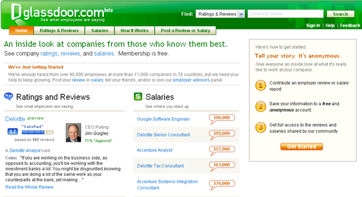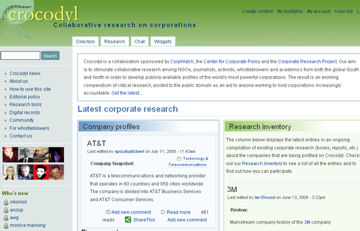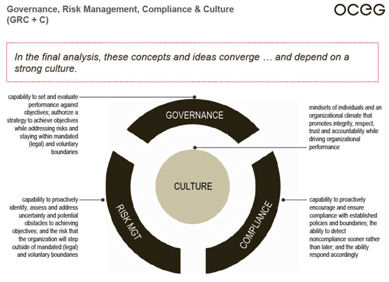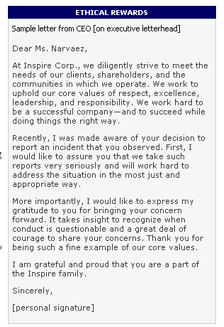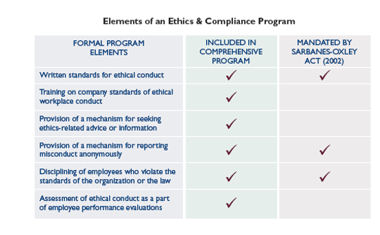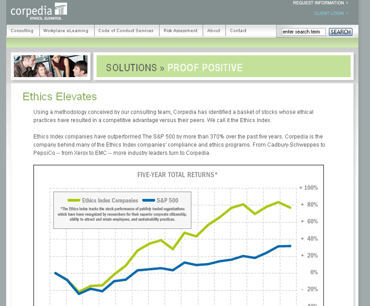In Foresight 2020, a report from the Economist Intelligence Unit on Corporate trends, Knowledge Management was singled out as a critical corporate issue.
Knowledge management. Running an efficient organisation is no easy task but it is unlikely on its own to offer lasting competitive advantage. Products are too easily commoditised; automation of simple processes is increasingly widespread. Instead, the focus of management attention will be on the areas of the business, from innovation to customer service, where personal chemistry or creative insight matter more than rules and processes. Improving the productivity of knowledge workers through technology, training and organisational change will be the major boardroom challenge of the next 15 years.

So what is Knowledge Management (KM). Simply put, there are two types of knowledge. Tacit knowledge is often known as “expert knowledge”, (this is what is stored in our brains), which is often difficult to explain and intangible. Then there is “explicit knowledge,” which is tangible and can be codified in books, manuals and specifications. Tacit knowledge is vital to the success of any organization. Knowledge Management is the process of capturing, organizing and distributing this knowledge from many stakeholders in a manner that yields competitive advantage and value for the organization.
KM has a major business issue in the past few years as millions of baby boomers are planning to retire over the coming decade. Millions of baby boomers turned 60 in 2005, those who haven’t already retired are certainly planning to do so soon. When they leave, the knowledge they acquired over the course of their long careers leaves with them – unless companies take the initiative to capture the knowledge stored in their brains.
Here’s what some organizations are doing —
| COMPANY | INITIATIVE |
| Procter & Gamble and Eli Lilly | Formed YourEncore, creating a pool of retired employees that each company could call upon for temporary help |
| John Deere | Regularly hires back retirees to teach, lead projects and participate in product development. |
| Quest International | To transfer knowledge to younger employees, senior experts are given responsibility for two or three junior application specialists. Quest uses this “buddy approach” to make sure veteran specialists guide younger colleagues and help them gain experience |
| Northrop Grumman, Aerotek, Inc., Hewlett-Packard Consulting and Integration Japan | Have integrated communities of practice (CoPs) into their knowledge management repertoire. These CoPs meet regularly in person and on-line. Older and younger workers share current information, best practices, and personal stories of success and failure. And they ensure the survival of tacit knowledge – knowledge that cannot be codified but is based on years of experience on the job and can be transmitted only from person to person. |
| Jet Propulsion Laboratory (JPL) | Uses storytelling for a different type of knowledge retention. Since early 1999, monthly storytelling sessions have been held in JPL’s library. These sessions, which usually are videotaped, often bring NASA veterans back to recount what it was like being part of old missions. This effort is intended to help socialize newer employees into the JPL culture and to connect them with the lab’s history and mission of “doing what no one has done before.” |
Adapted from “The Boomer Exodus: Ready to Pass the Torch?”, Alice Graves
While these forward looking companies both recognize the coming knowledge loss and are taking action, they are too many who are not.
Many U.S. organizations are failing to capture critical workforce knowledge and experience from older employees facing retirement, and few organizations are transferring that knowledge to newer employees, according to the results of a survey released by Accenture.
The survey of more than 500 full-time U.S. workers between 40 and 50 years of age found that nearly half (45 percent) of respondents’ organizations do not have formal workforce planning processes and/or tools in place to capture their workplace knowledge.
For those companies in the 45% … it is time to get those geezers and millennials collaborating.
